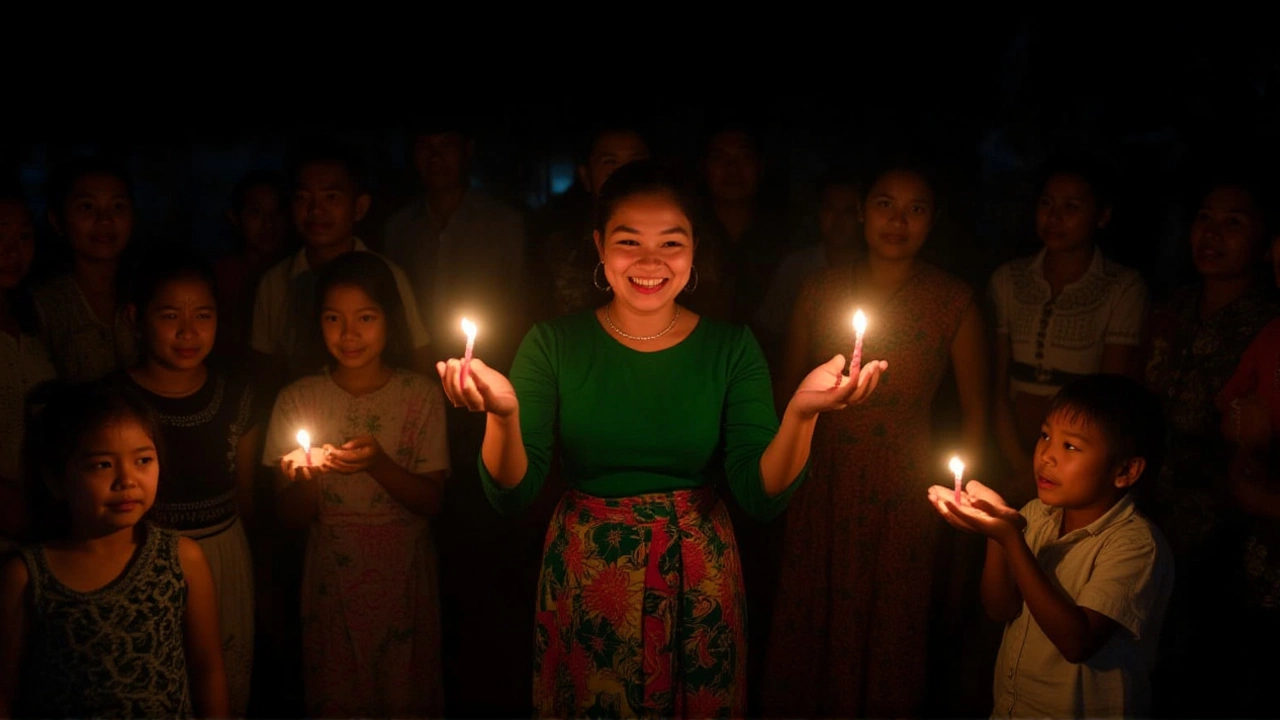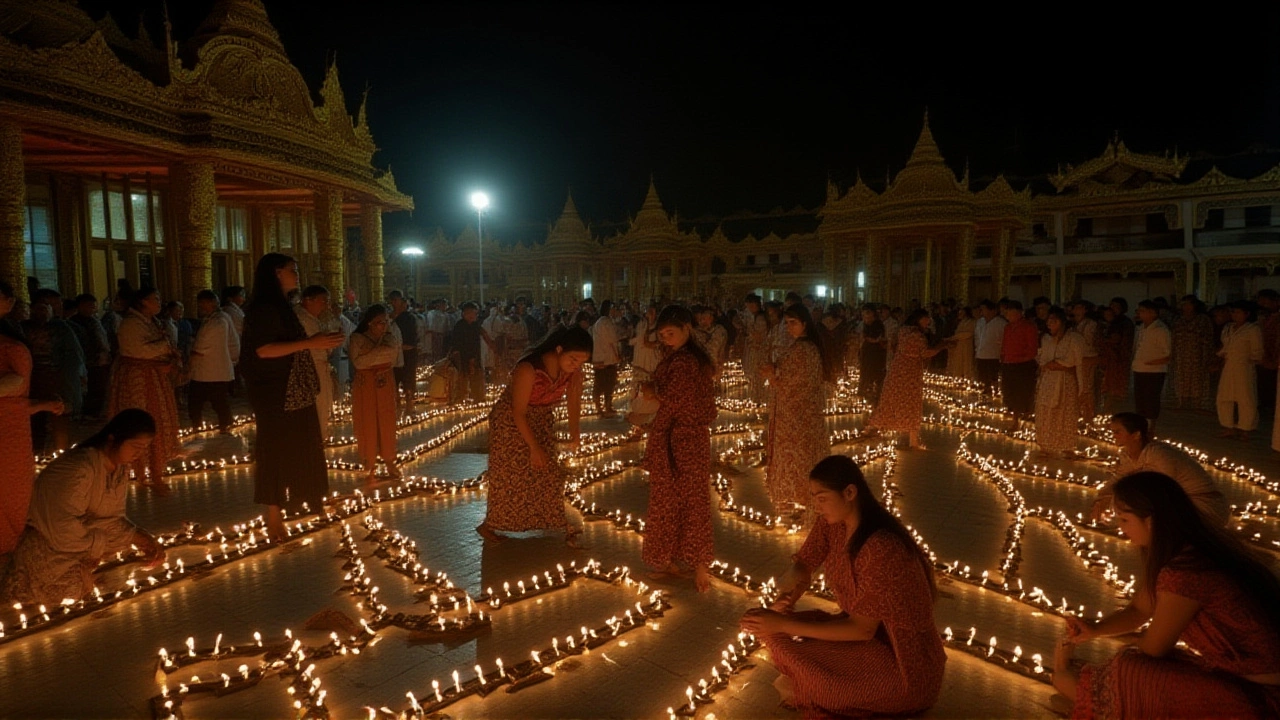The United Nations convened a high‑level conference on the Rohingya crisis on Wednesday, 1 October 2025, at its General Assembly hall in New York City. Organized under a General Assembly resolution passed in November 2024, the gathering brought together diplomats, aid officials and human‑rights experts to draft a time‑bound plan for a safe, voluntary and dignified return of Myanmar’s displaced minorities. Over 50 member states delivered statements, while the United States and the United Kingdom pledged a combined $96 million in emergency assistance.
Historical Context: From 2017 Atrocity to 2025 Stalemate
Eight years ago, a brutal crackdown in Rakhine State forced more than 700,000 Rohingya to flee to neighbouring Bangladesh. The United Nations later classified that campaign as a textbook example of ethnic cleansing. Since then, the situation has morphed into a protracted humanitarian disaster: an estimated 3.5 million Rohingya remain trapped inside Myanmar, and Bangladesh now shelters roughly 1.1 million refugees in overcrowded camps.
On 2 September 2025, the UN released a scathing report titled “Myanmar: Death, destruction and desperation mirror 2017 atrocities.” The document warned that the pattern of violence, forced displacement and denial of basic services had barely shifted, underscoring why the October conference mattered more than ever.
Conference Details: Who Said What
Annalena Baerbock, President of the United Nations General Assembly, United Nations opened the session, recalling that “millions of Rohingya have been violently displaced, many growing up in tattered tents that should have been childhood playgrounds.” She stressed that the international community can no longer treat the crisis as a peripheral issue.
Following her remarks, Charles Harder, United States Special Envoy for Children’s Issues, U.S. Department of State urged regional actors to develop sustainable solutions, announcing a $60 million assistance package aimed at improving camp conditions in Bangladesh.
The United Kingdom’s contribution was highlighted by its senior aid official, who pledged $36 million specifically for nutrition, education and psychosocial support for Rohingya children.
On behalf of the Secretary‑General, Courtenay Rattray, Chef de Cabinet to the United Nations Secretary‑General, United Nations reiterated the need for a “conducive environment” that would enable voluntary return, while acknowledging the political deadlock under Myanmar’s military junta.
Notably absent were Rohingya representatives from Bangladesh; officials there blamed pending U.S. visa approvals for the no‑show, a detail that sparked criticism from several NGOs.
Financial Commitments and Humanitarian Needs
- $60 million from the United States – earmarked for water, sanitation and shelter upgrades in Cox’s Bazar.
- $36 million from the United Kingdom – directed toward education, child protection and livelihood programs.
- Additional pledges totaling $15 million from Canada, Norway and the European Union, though exact allocations remain under discussion.
Combined, the aid package still falls short of the estimated $210 million needed to cover basic services for over 1.1 million refugees for a full year. That gap fuels ongoing debates about burden‑sharing, especially as Bangladesh’s government warns it cannot sustain the influx indefinitely.

International Reactions and Legal Options
Delegates from the International Criminal Court signaled willingness to explore jurisdictional avenues, citing the UN’s “textbook example” language from 2017. Human‑rights groups welcomed the prospect, arguing that accountability could deter future atrocities.
The United Nations High Commissioner for Human Rights (OHCHR) reaffirmed its on‑the‑ground monitoring mission, noting continued reports of arbitrary arrests, land confiscations and denial of citizenship to Rohingya in Rakhine State.
Regional powers, including India and Thailand, offered diplomatic support but stopped short of committing new funds, citing concerns over sovereignty and the potential for an influx of refugees across their own borders.
Prospects for Return: Challenges and Opportunities
The conference’s centerpiece was a draft “voluntary return framework” that outlines three preconditions: (1) genuine safety guarantees from the Myanmar military, (2) restoration of basic services—healthcare, education, clean water—in the areas slated for return, and (3) a robust monitoring mechanism overseen by UN agencies.
Experts warn that achieving these milestones within a 12‑month window is ambitious. “You can’t force a military to change overnight,” said Dr. Aung Myint, a senior analyst at the International Crisis Group. “But sustained pressure, paired with targeted sanctions, could create the incremental space needed for return.”
Meanwhile, community leaders in the Bangladeshi camps are organizing skill‑training workshops, hoping that a more self‑sufficient refugee population might ease the transition back to Myanmar when conditions improve.

What’s Next: Monitoring and Follow‑Up
Project‑lead UN officials have scheduled a series of quarterly reviews, the first slated for January 2026, to assess progress on the return framework and re‑allocate funds as needed. The afternoon session of the October conference, streamed live on the UN Web TV platform, will serve as a reference point for measuring compliance.
In parallel, the UN Secretariat is drafting a resolution that could trigger a formal referral of the Myanmar situation to the ICC if concrete evidence of genocide emerges. That move would mark a significant escalation in the international community’s legal strategy.
For the Rohingya still living in tents, the stakes are immediate: access to clean water, education for their children, and a chance to rebuild lives that have been on pause for nearly a decade.
Frequently Asked Questions
How does the UN plan to ensure the safety of Rohingya returning to Myanmar?
The draft framework calls for a UN‑monitored security corridor, guaranteed by the Myanmar military and backed by international observers. It also includes a rapid‑response team to investigate any reported violations within thirty days of a return.
What are the main obstacles to the voluntary return of Rohingya?
Key hurdles include persistent insecurity in Rakhine State, lack of citizenship rights, and the absence of basic services. Without addressing these, any return would risk re‑trafficking and renewed displacement.
Why were Rohingya refugees from Bangladesh not present at the conference?
Bangladesh officials cited delayed U.S. visa processing as the primary reason for their absence, despite earlier commitments to include refugee representatives in high‑level UN gatherings.
How does the $96 million aid package compare to previous contributions?
It represents the largest single‑year commitment from the United States and the United Kingdom combined, yet it still covers less than half of the estimated $210 million needed for comprehensive humanitarian assistance in 2025.
What role could the International Criminal Court play moving forward?
If the UN formally refers the Myanmar situation to the ICC, investigators could pursue charges for crimes against humanity or genocide, adding legal pressure on the military junta and signalling that impunity will not be tolerated.
